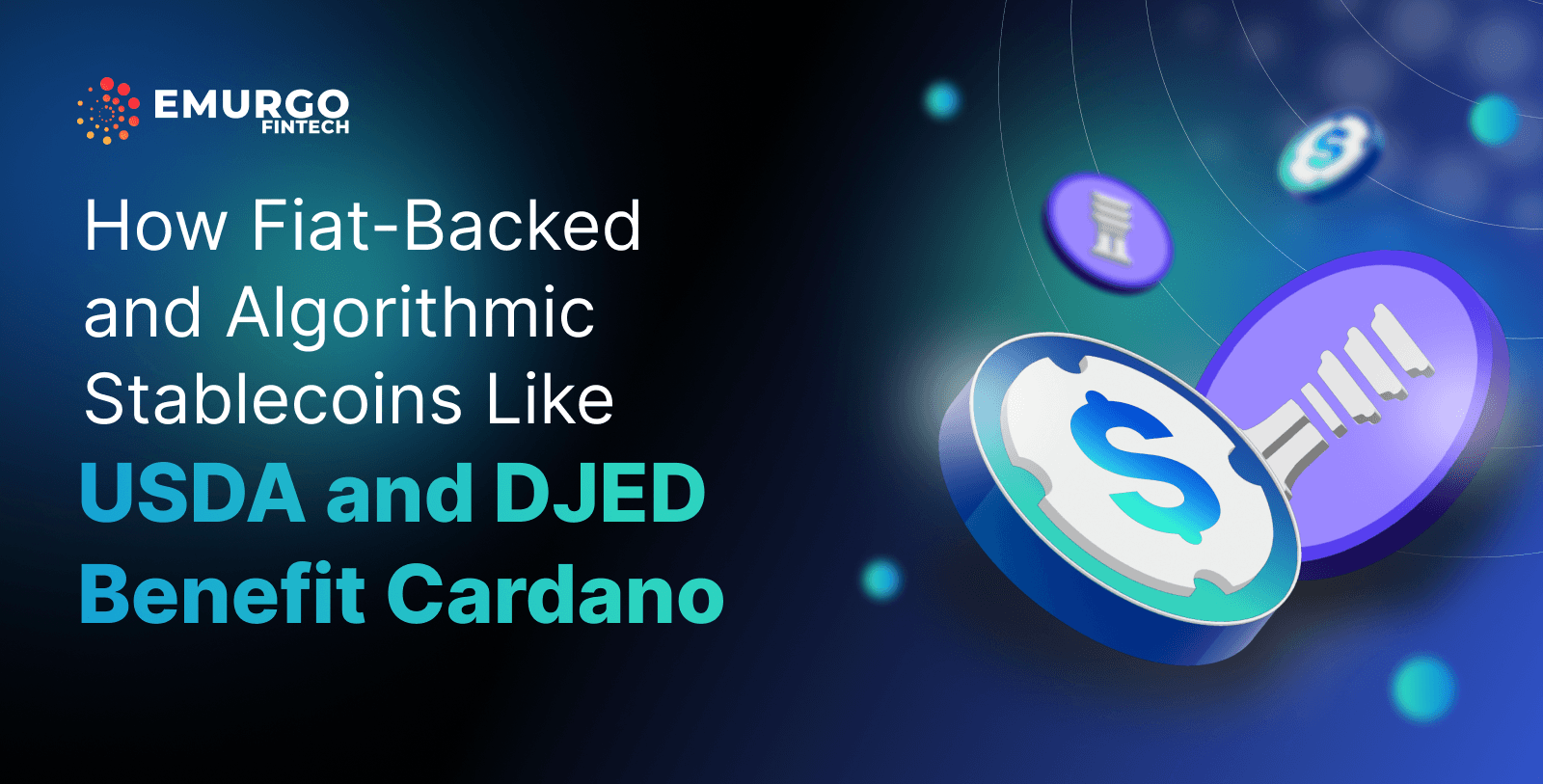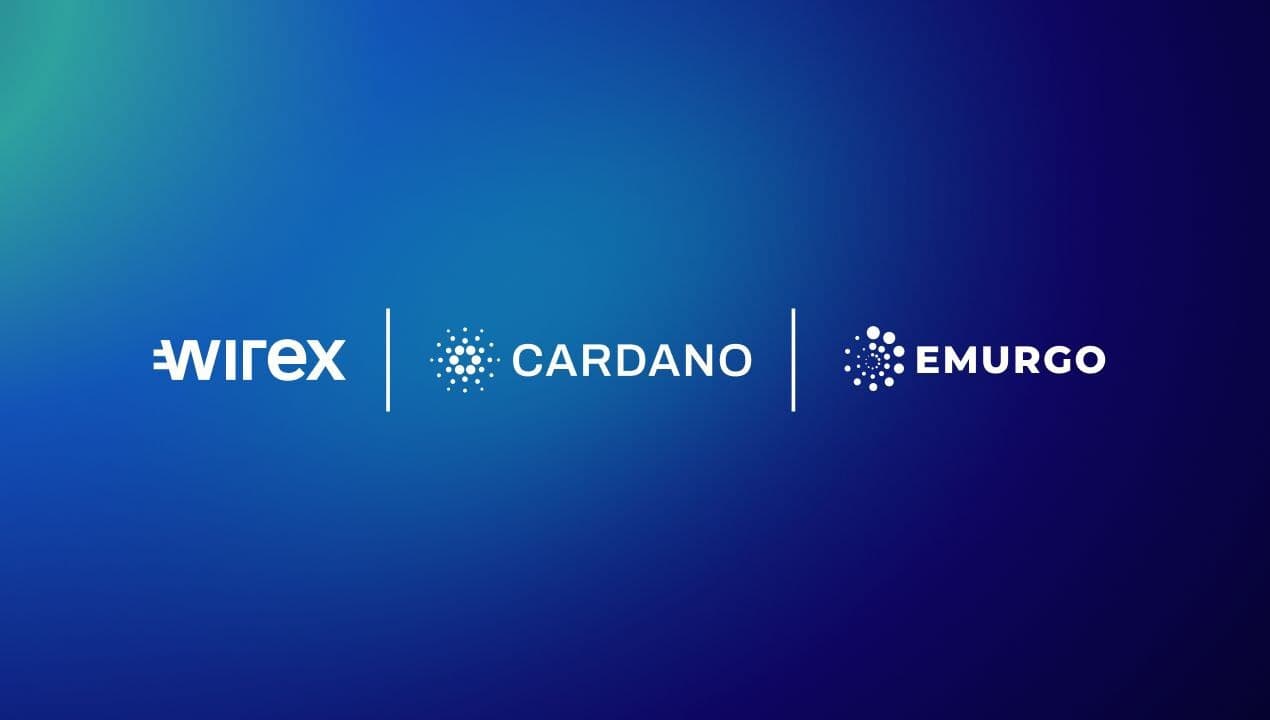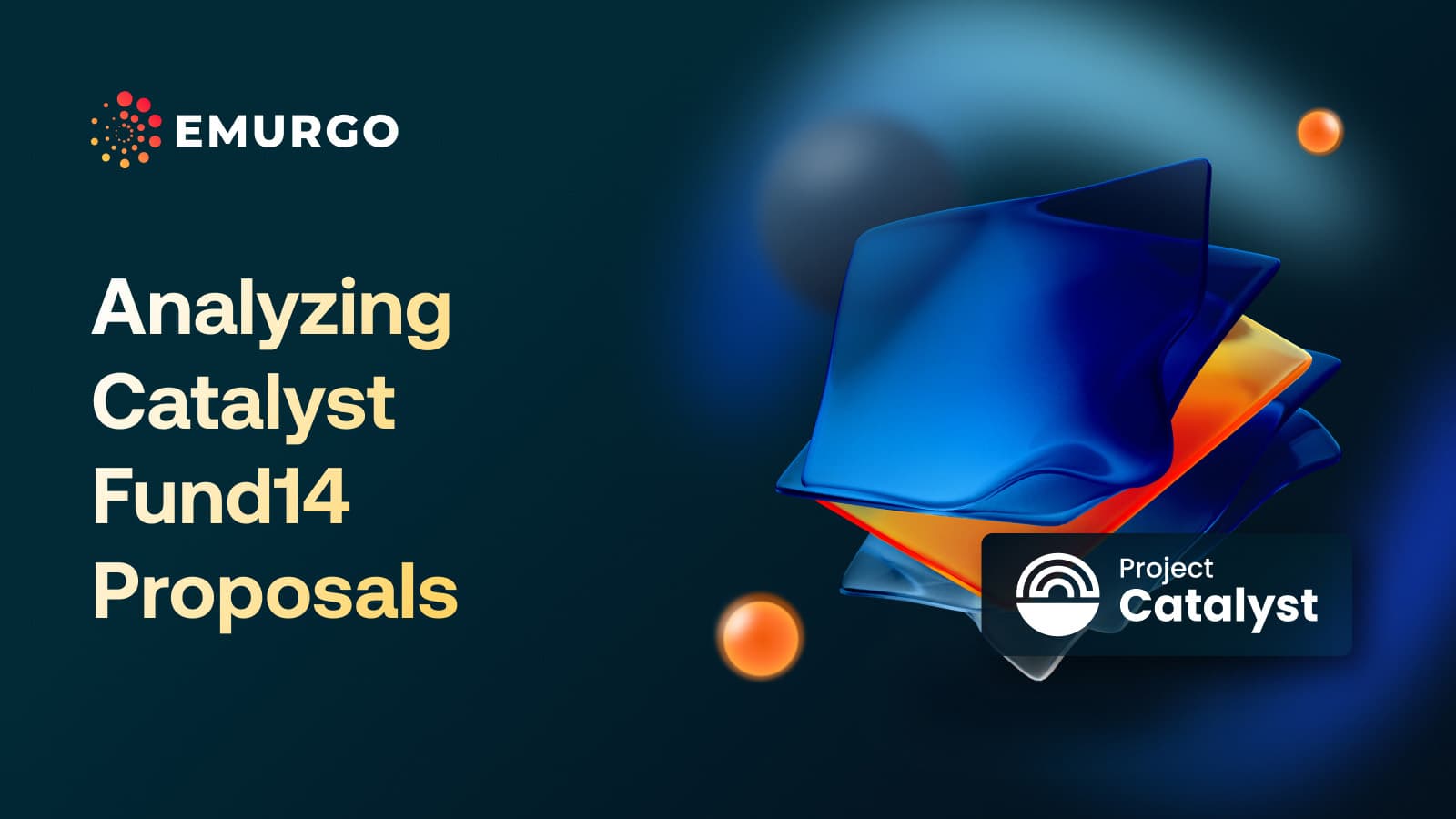*Update (July 9th, 2024) – USDA is to resume launch under the new ownership of Encryptus with EMURGO as a technology provider. Read the official announcement here.
Keep in mind that these topics only provide educational information and are in no way financial advice.
The Cardano blockchain was built with the vision of being the foundation for a better financial system that fosters economic empowerment for all. We believe that stablecoins are and will be the key to unlocking the promise of Cardano, and EMURGO Fintech is excited to build products and services, like our fiat-backed USDA stablecoin, that hypercharge our ability to achieve our mission.
Bringing stability to Cardano through stablecoins
Stablecoins are an elegant solution to volatility and transactional challenges for both the Cardano blockchain and all across crypto. They offer the same benefits as traditional cryptocurrencies but are tied to the price of a fiat currency, most commonly US dollars, and therefore protected from the price volatility that other tokens often experience.
A lack of a stable currency limits our Cardano community, making many applications – particularly in DeFi – difficult or outright impossible. Volatility in cryptocurrency can make users fearful and overly cautious, causing hesitation in both users and businesses looking to participate in Web3. While a lack of simple, easy on-ramps is another huge barrier to achieving our vision, volatile tokens are also poor for collateralization and limit the utility of DeFi.
Cardano-native stablecoins will support our community members who are developing products that work for everyone, provide stability and security, and address the needs of our community and the wider crypto ecosystem.
Cardano’s Native Stablecoins
There are, of course, several approaches to creating a Cardano-native stablecoin, but they share the same goal: to provide a native, dependable, stable asset for Cardano users. Let’s break down the difference between two premier stablecoins on Cardano.
1:1 fully backed stablecoins:
These tokens work exactly how you imagine. If each token is pegged to $1, then every time a token is purchased, $1 is deposited into the treasury backing the currency. These tokens remain stable because, at the end of the day, every single token corresponds to a dollar sitting in a bank account. In practice, fiat-backed stablecoins are often backed by a mix of real-world assets – US Dollars, Euros, Gold, Palladium, etc.
Overcollateralized, algorithmic stablecoins:
Algorithmic stablecoins are not backed 1:1, but instead, use algorithms to maintain a set token price. It’s been said that the most trustworthy algorithmic stablecoins are overcollateralized – meaning if there are 1,000 USD stablecoins in circulation, there is MORE than $1,000 worth of assets backing them. One example of an overcollateralized, algorithmic stablecoin on Cardano is Djed, which was developed by DeFi service provider COTI and is pegged to the US dollar. Djed maintains its price by balancing the supply of Djed against the supply of a reserve token called SHEN. Djed is backed by Cardano’s ADA token, meaning users wanting the stablecoin send ADA to the smart contract and receive minted Djed in return.
So how do stablecoins benefit the Cardano community?
Both stablecoins are suitable for many purposes such as payments, lending, payroll, settlements, alternate banking, remittances, and more! The benefits to the Cardano community and, in the future, new users, are endless, so let’s dive into a few of these opportunities.
These recently developed stablecoins will invite new integrations to the community. Stablecoins make Cardano more attractive for traditional retailers, dApps, DEXs, company treasuries, DeFi enthusiasts, and many more. We’ll all benefit from the exciting new partners stablecoins invite into the fold.
They will also serve to improve DeFi tools. Users taking out a loan through Cardano lending protocols can take comfort in knowing that they will not face liquidation unless the US government faces a major collapse. Stable collateral is essential to DeFi and will help reduce risk and market contagion events – like many we’ve seen play out over the past year.
USDA and Djed will also offer new ways to pay. Sometimes it’s just more convenient to pay for something denominated in USD. No one ever said more options were a bad thing!
And finally, these stablecoins will give Web3 newcomers a low-stress way to participate. Many users want to explore the benefits of Web3 without making an “investment.” They don’t want to take the time to pour over candlesticks and be concerned about if they’re buying crypto at the opportune price – they may just want to check out a DApp! Stablecoins allow users a quick way to join the ecosystem without the stress that their purchasing power might drop over time.
About USDA, Cardano’s Native Fully-Backed Stablecoin

USDA – Cardano’s regulatory-compliant fully-backed stablecoin for the ecosystem – is scheduled to launch in early 2023 and bring value to Cardano’s Web3 ecosystem of decentralized applications. USDA will be a native token to the Cardano blockchain that is backed 1:1. It’s meant to be a stable asset that can unlock fast global transactions without legacy banking and payment infrastructure delays. USDA is the key that will unlock all of the future use cases and applications that will be available on Anzens.
Join the waitlist now at https://www.anzens.com to be ready for Cardano’s USDA stablecoin.
About USDA
-
- Official Homepage: anzens.com
-
- Twitter: @AnzensOfficial
About EMURGO
-
- Official Homepage: emurgo.io
-
- Twitter (Global): @EMURGO_io
-
- YouTube: EMURGO channel
-
- Discord: EMURGO Community
-
- Facebook: @EMURGO.io
-
- Instagram: @EMURGO_io
-
- LinkedIn: @EMURGO_io
Disclaimer
You should not construe any such information or other material as legal, tax, investment, financial, or other advice. Nothing contained herein shall constitute a solicitation, recommendation, endorsement, or offer by EMURGO to invest.



